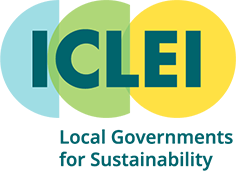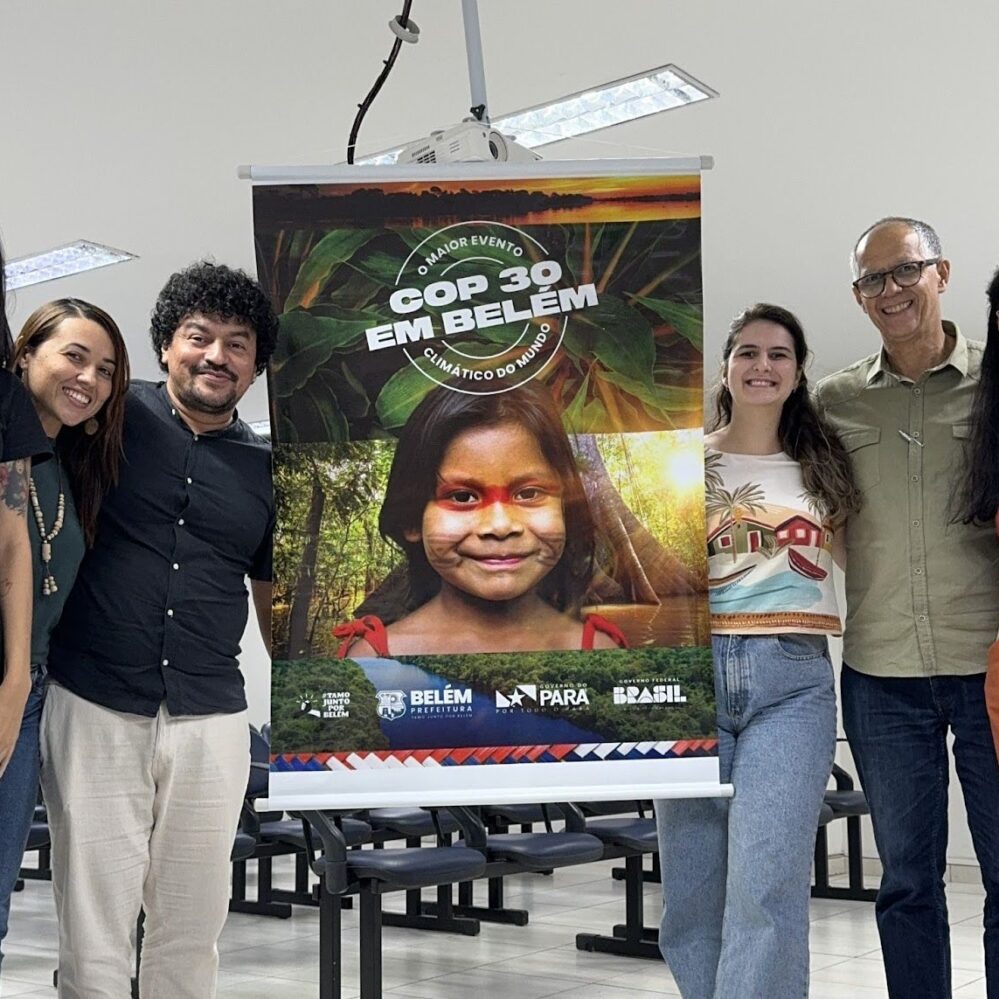On 14 November, the Climate Mobility Pavilion hosted a timely discussion on one of the most urgent and complex dimensions of the climate crisis: How cities can anticipate and plan for climate-induced population movements.
Co-organized by the Global Centre for Climate Mobility (GCCM), ICLEI Africa, and UNU-EHS, the session “Integrating Climate Mobility into City Planning” brought together leaders, researchers, and local practitioners to reflect on how human mobility is reshaping African and global cities and what a proactive, inclusive, and dignified response looks like.
Climate mobility is redefining urban futures
When climate-affected people arrive in cities across Africa, whether from drought-stricken regions of Kenya, cyclone-hit areas of Mozambique, or conflict-affected parts of the Sahel, they often settle in places where land is available, not where it is safe. This contributes to a cycle of double vulnerability: people displaced once by climate or economic pressures, and potentially displaced again by floods, landslides, extreme heat, or storms.
ICLEI Africa’s Dr. Kate Strachan noted that these losses extend far beyond the physical: people also lose access to language, cultural heritage, and the social networks that give them dignity and belonging. These social and cultural dimensions of climate mobility must be acknowledged as part of loss and damage.
Cities are under adaptive pressure, but are also sites of innovation
Most African cities are growing far faster than their infrastructure budgets, stretching housing, transport, water systems, energy grids, and disaster response capacities. Climate mobility compounds these stresses, especially when informal settlements expand into high-risk areas.
Yet speakers emphasised the opportunity within mobility. Cities with high rates of movement often become hubs of innovation, new knowledge, and resilience.
Across the panel, several key principles emerged:
- Recognize migrants as contributors, not burdens. Their skills, knowledge, and organisational capacities strengthen urban resilience when included in adaptation planning from the start.
- Integrate mobility into urban planning and climate strategies. Cities need tools that forecast population movements under various climate scenarios and support safe, serviced density.
- Strengthen community governance systems. Inclusive disaster committees, neighbourhood structures, and adaptation labs help new arrivals integrate and improve collective resilience.
- Channel finance to the local level. Direct, predictable adaptation funding is essential to enable both “stay in place” and “move with dignity” options—improving drainage, securing housing, cooling public spaces, and preparing city wards for safe mobility pathways.
Speakers included:
- Sarah Rosengaertner, Deputy Managing Director, Global Centre for Climate Mobility (GCCM)
- H.E. Carlos Alvarado Quesada, former President of Costa Rica, Chair of the Advisory Board of the GCCM
- Mr. Carlos Correa, Senior Fellow, Conservation International, former Co-Chair of the Experts Task Force on Nature Positive Cities (WEF), former Mayor of Montería and former Minister of Environment and Sustainable Development of Colombia
- Mr. Lucas Turmena, Senior Research Associate, Transformative Urban Coalitions Project, United Nations University (UNU)
- Dr. Kate Strachan, Senior Manager, Climate Change Resilience, DRR and Coastal Management, ICLEI Africa
- Ms. Dulari Parmar, Youth for Unity and Voluntary Action (YUVA), India –
- Ms. Caterina Sarfatti, Managing Director for Inclusion and Global Leadership, C40 Cities




